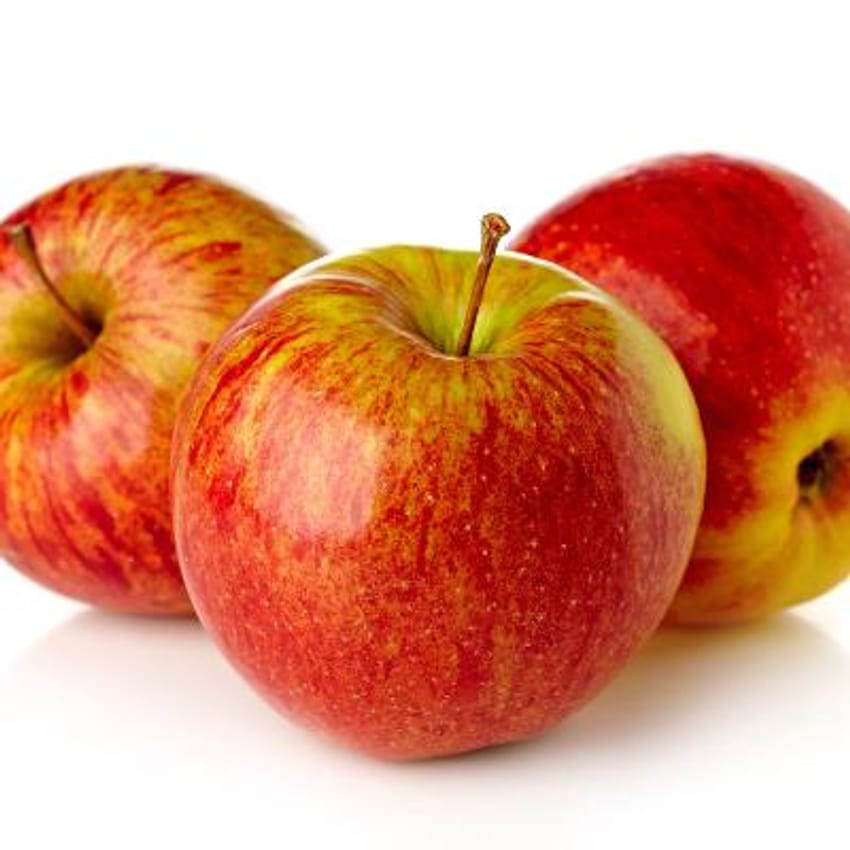Sold out for the 2025 Season. We will have bareroot fruit trees available again for pre-order in Fall 2025 and they will be shipped starting January 2026.
Anna Apple- Variety Information
- The Anna Apple tree is one of few varieties to take advantage of low-chill climates like the warmer Southwest, Gulf Coast, and even Florida.
- Fresh Anna apples are firm and crisp with a pleasant sweetness.
- Light yellow-green skin covered by a red blush.
- The tree yields heavy crops of sweet, crisp, apples with creamy colored flesh.
- Great for eating fresh and baking, and will store up to 2 months in the refrigerator.
- The Anna apple tree is a great choice for mild climates, and will produce flavorful apples even in the low desert.
- This variety is particularly noted for heavy crops.
- Self-pollinating- but fruiting will be improved if there is a Ein Shemer or Dorsett Golden nearby.
- Apples are generally late blooming.
- USDA Zone 5-10, Requires 200 chill hours to set fruit.
- Protect when temperatures fall below -20°F.
- Approximate harvest period: July.
- Grafted onto M106 semi-dwarf rootstock.
- Click here to view "Fruit Tree Rootstock Information"







